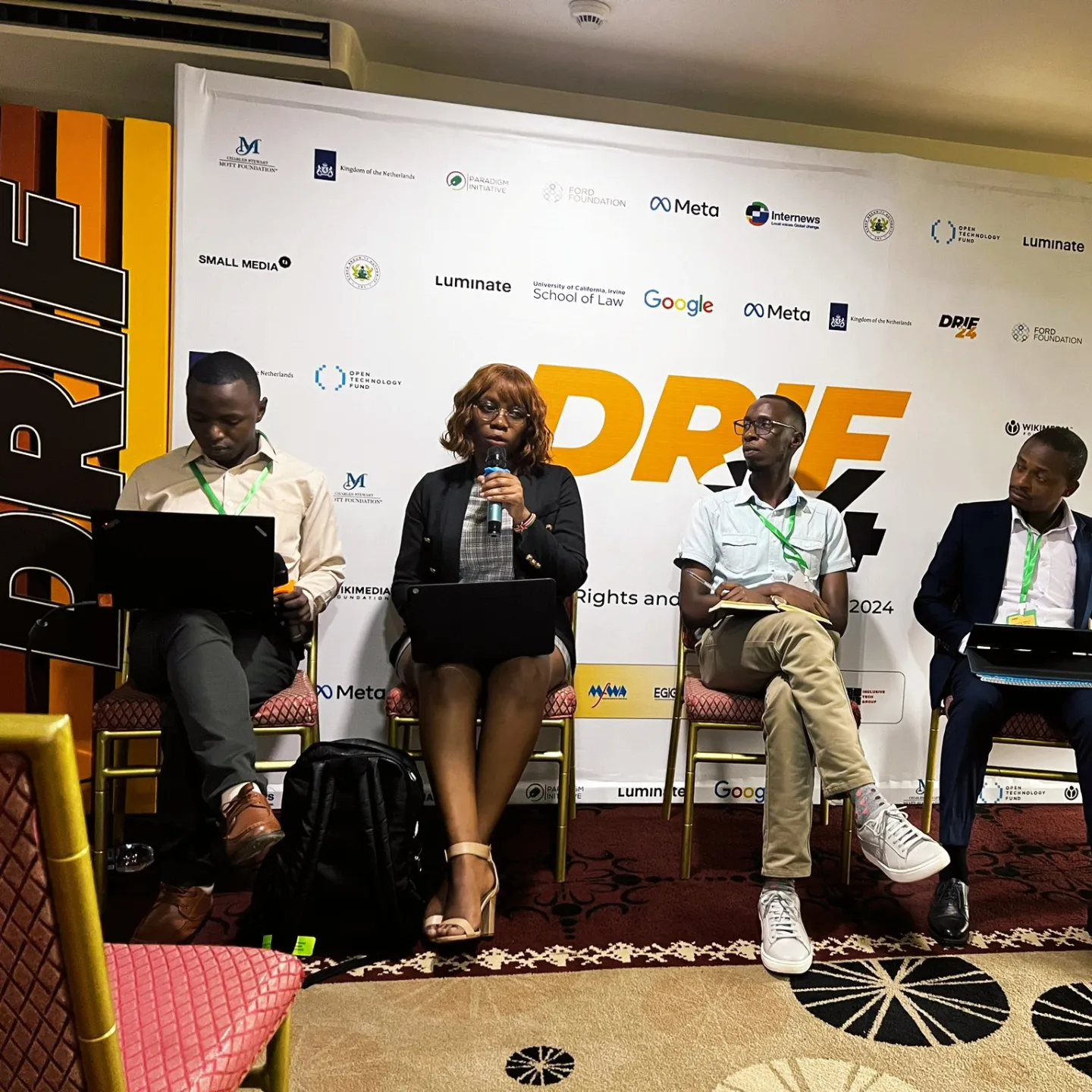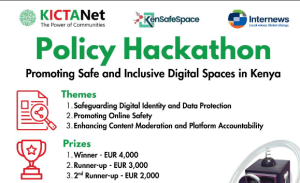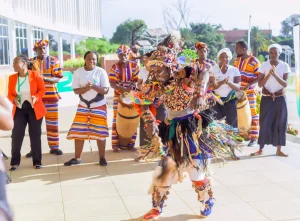Community networks and other community-led initiatives across Africa are playing an important role in connecting underserved rural communities to the Internet. However, as highlighted in a recent panel discussion hosted by KICTANet, they still face many challenges that need to be addressed to truly promote digital inclusion.
Beyond providing the much-needed connectivity, ensuring meaningful internet access for users in the community is also important. Community networks understand community needs and design appropriate content and services that befits their socio-economic activities.
Connecting Rural Communities through Local Initiatives
Community-led strategies have proven effective in connecting underserved rural populations across Africa to information and opportunities.
Establishing community networks is one of the initiatives that play an important role where full internet access may not be viable. In most instances, these networks deeply understand the local user needs, contexts, and capabilities.
These networks, then, can design infrastructure and services that truly meet the local community’s requirements. Demographic characteristics like literacy levels, economic situations, and communication needs must be considered.
For areas without connectivity options, intranets and extranets allow the curation and sharing of relevant content via local servers. Communities can collect and produce material addressing local priorities or information demands.
Community radios also disseminate important information at the grassroots level. By broadcasting locally produced content, this medium overcomes the barriers of distance and low connectivity.
Digital literacy centres expand access to educational resources via preloaded devices with or without the Internet. Even without full connectivity, communities can benefit from digitized learning materials addressing local needs and interests.
However, ensuring meaningful connection goes beyond infrastructure access alone. Networks must work closely with communities to design content and services that communities themselves identify as valuable and useful.
Marginalized groups also require specific support to participate meaningfully. Community-led approaches show promise in creatively expanding inclusion where traditional models have failed. With community input and ownership, local initiatives can play a key role in connecting rural populations.
Gender Perspectives in Community Networks
An essential aspect of inclusivity is considering gender perspectives in network design and implementation. Women, particularly those from marginalized backgrounds, may face unique barriers to accessing digital resources. Without this, digital interventions may not benefit them.
Disability In Community Networks
Accessibility is also crucial, through ensuring user-friendly technologies and assistive devices for people with disabilities. Assistive technologies like specialized keyboards can facilitate internet access for visually impaired users.
The costs of not providing accessibility will likely be higher in the long run than the upfront costs of assistive devices.
In Kenya, community networks are making efforts to directly involve persons with disabilities in implementation and decision-making processes. This helps address stereotypes and empower persons with disabilities to advocate for their own needs. Collaboration is needed between community networks and organizations representing marginalized groups like women with disabilities. This helps address their specific access barriers.
Policies and Regulations on Community Networks
In Ghana, local organizations have been working to extend internet access through projects like the Community Information Centres (CIC). However, they lack clear policies governing community networks. These regulatory barriers prevent networks from operating or expanding their reach.
Kenya and Uganda have licensing frameworks that allow community networks to operate legally. While Kenya has made its licensing terms affordable to community networks, Uganda has prohibitively high licensing fees and annual charges that pose barriers.
All three countries have legal provisions on the rights of persons with disabilities to access ICTs. The African Union has principles on internet rights and freedoms that member states should follow, focusing on marginalized groups’ access.
Uganda’s 1985 constitution protects non-discrimination and marginalized groups’ rights to access information and the internet. However, more needs to be done to implement these protections.
Ghana has a disability act passed in 2006, but it lacks provisions around internet accessibility and many websites are still not accessible for persons with disabilities.
Kenya, on the other hand, is progressing with data protection and AI regulatory frameworks that could overlap and support how community networks operate, but standards are still lacking in some areas.
Recommendations
Overcoming these challenges facing community networks in advocating for the inclusion of marginalized groups requires coordinated efforts. Stakeholders must collaborate to address issues of accessibility, literacy, infrastructure, and more. With supportive policies and community involvement, networks can truly work towards leaving no one behind in the digital era.
However, more government support in all these countries is needed to realize these rights. Laws alone are not enough without proper implementation.
Funding challenges for sustaining rural connectivity infrastructure were also raised. There is room for community network initiatives to test solutions for long-term sustainability without reliance on donors.
Community engagement is vital to raise awareness of technology’s benefits and ensure all groups feel represented.
KICTANet’s Digital Accessibility Program Hosted a Panel session at the Digital Rights and Inclusion Forum in Accra, Ghana. The panel featured Florence A. Ouma, Catherine Kyalo, Nicodemus Nyakundi, David Iribagiza (WUOGNET), and Stephen Fosu (STEPNET).
![]()




